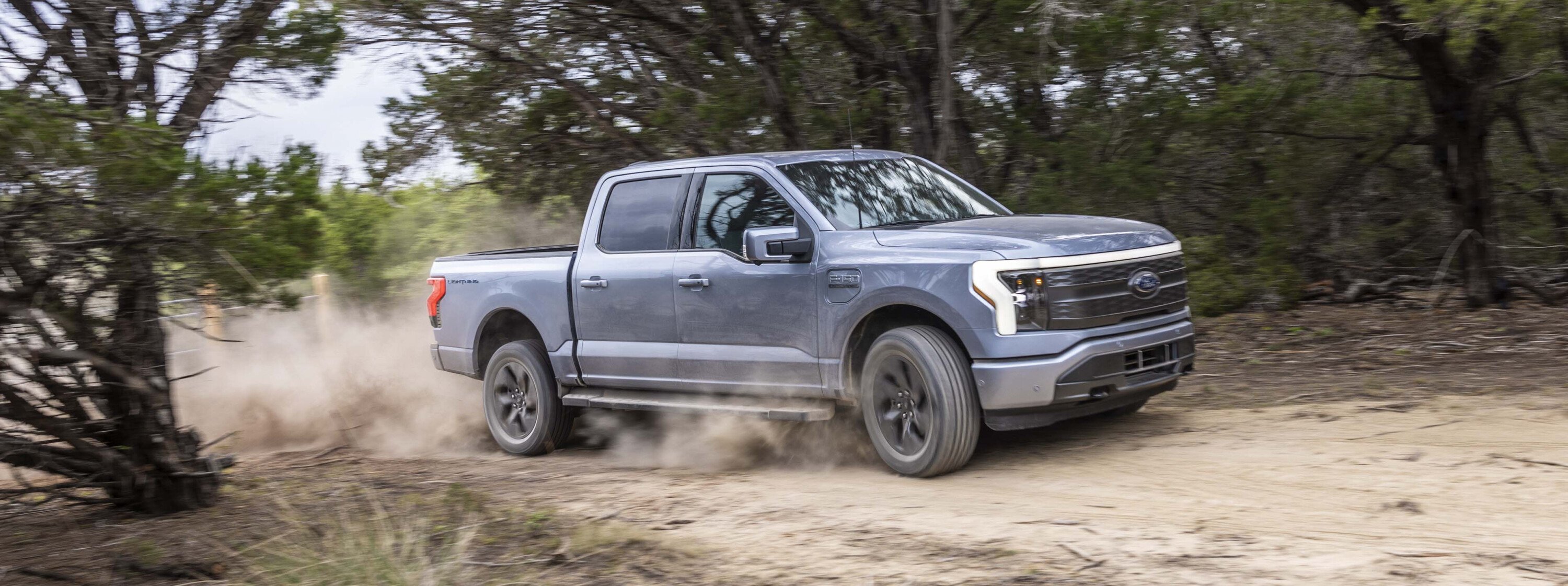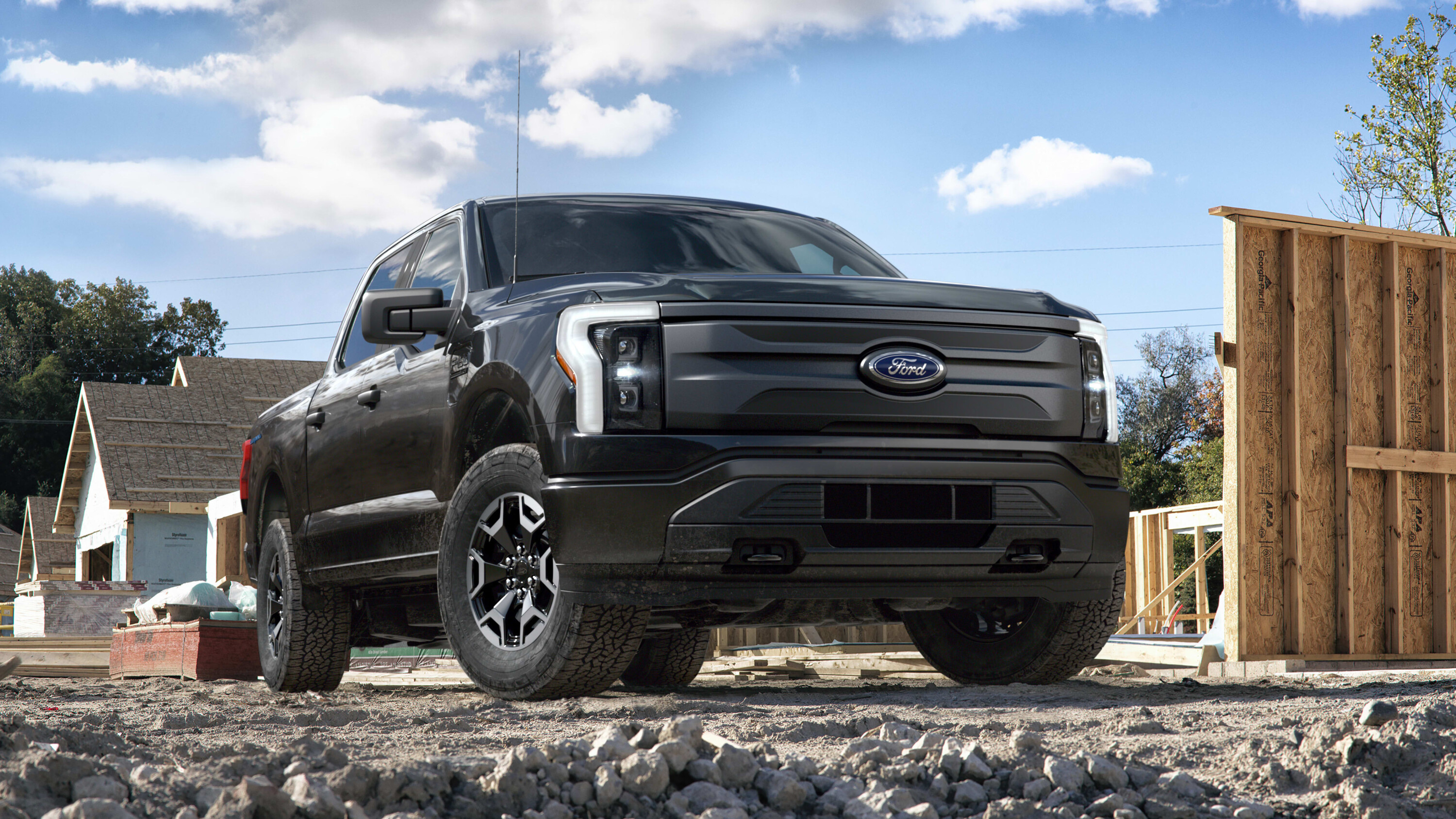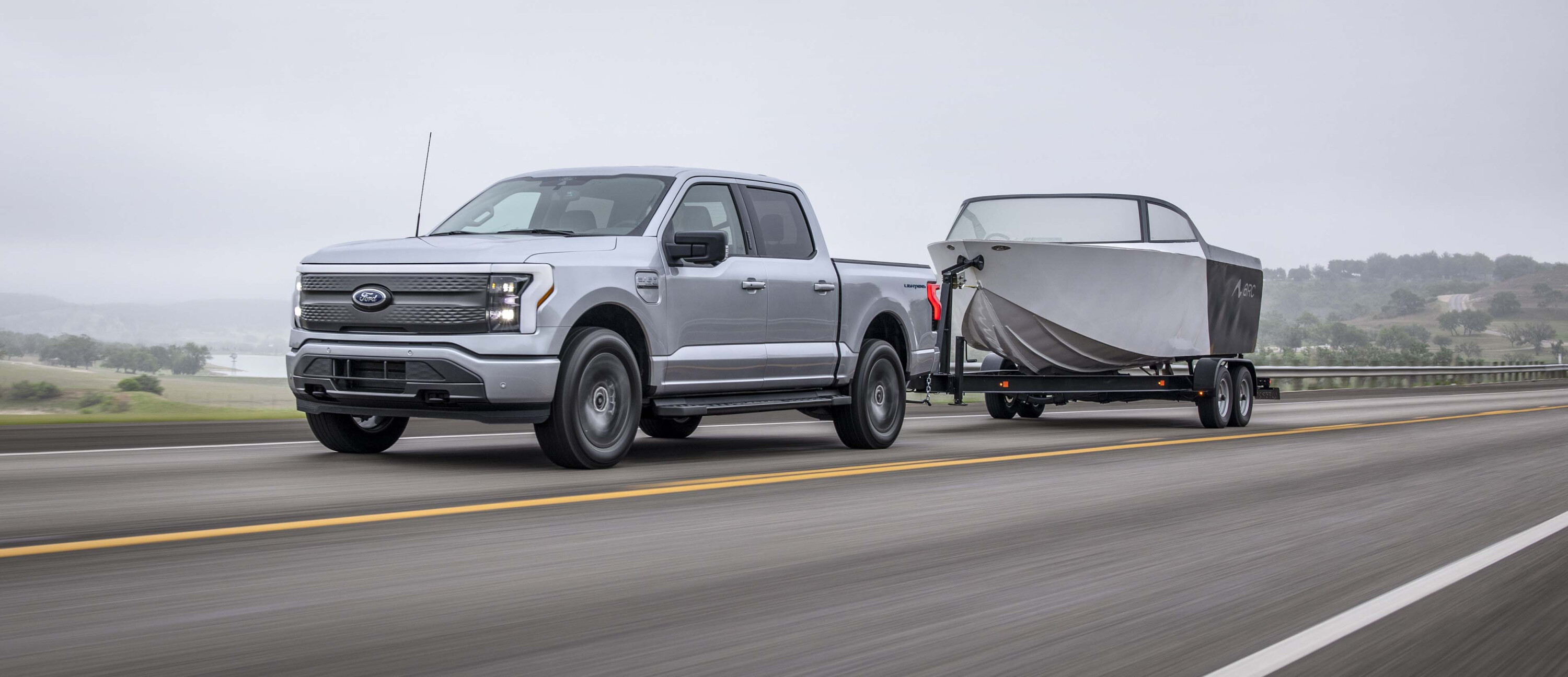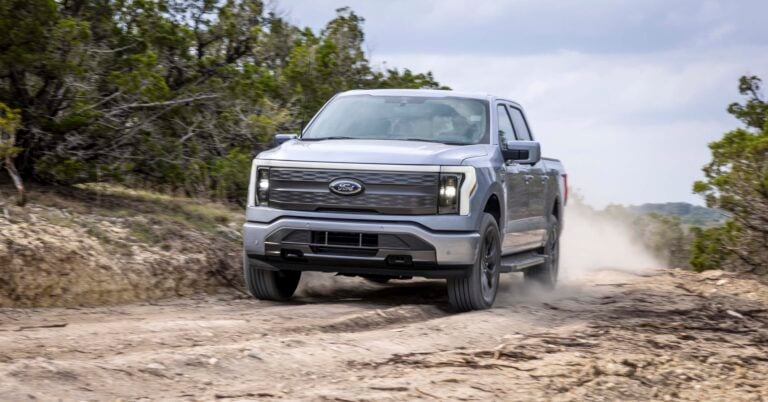
Ford chief executive Jim Farley has conceded the push towards increasingly large EV batteries is untenable.
Snapshot
- Ford concedes supersized batteries arenu2019t right
- Trend towards American electric utes with 200kWh+
- Suggests better aero efficiency needed
Speaking at Ford’s Capital Markets Day, Farley said batteries are becoming too ‘huge’ to meet the size, capability, driving range and pricing usually expected from a petrol or diesel vehicle.
At the same time, he teased an upcoming three-row electric large SUV with around 560 kilometres of range and a 100kWh pack, which will release after another big new electric ute.

“I have no idea what’s going on in this industry right now,” Farley told investors and media, as reported by The Verge [↗].
“If you have those kinds of [extra large] batteries, you will not make money.”
Ford’s technology head Doug Field added that its second-generation EVs will focus on improving energy efficiency.
“The real battleground in electrification is about efficiency.”
“There’s a bit of an arms race in the industry to shove bigger and bigger batteries into large EVs to try and make them like ICE [internal combustion engine] vehicles,” said Field (Green Car Reports [↗]).
“But the real battleground in electrification is about efficiency.
“We started by changing the way we think about the tyres with lower rolling resistance, squeezing every little drop of propulsion system efficiency out.
“And in computer simulations we took a bunch of mass out, we lowered the right height, changed the aerodynamics. And the result is a different product.”

For context…
Ford’s own F-150 Lightning electric ute packs a 131kWh usable battery in Extended Range guise which provides up to 515km range on the EPA cycle.
But, while already large, that pales in comparison to the tank-like Hummer EV, Chevy Silverado EV, and Ram 1500 REV Extended Range – which all boast batteries in excess of 200kWh.
In contrast, most ‘normal’ passenger EVs today have between 30 to 80kWh battery sizes.
For example, the Hyundai Ioniq 6 electric sedan stresses a sloping rear design to maximise aerodynamics and eke out between 65 to 107km more claimed range than the higher Ioniq 5 SUV using the same 74kWh usable battery.
| RAM 1500 REV Extended Range | Hyundai Ioniq 6 Dynamiq RWD | |
|---|---|---|
| Battery size (usable) | 229kWh | 74kWh |
| Claimed range | 800km (targeted EPA) | 614km (WLTP) |
| Unladen weight | 3000kg+ (expected) | 1968kg |
The big battery issue
While American automakers are packing big batteries into burly large SUVs and utes in a bid to achieve range comparable to combustion models, Farley emphasised that it is too expensive to manufacture and sell.
Big batteries are also environmentally unsustainable by using more raw materials. And, there’s the safety risk – including thermal runaway – a heavy vehicle poses to other vehicles and pedestrians in the event of an accident.
Solid-state batteries are in development to address this range and weight burden on current lithium-ion technology.
But, there’s still no denying the physics challenge for brands to make SUVs and utes aerodynamically efficient.
More EV stories to help you choose the best car for your needs
- ? EV news, reviews, advice & guides
- ❓ Short & sweet: Your EV questions answered
- ⚡ New EVs: Everything coming to Australia
- ? Australia’s EVs with the longest driving range
- ⚖️ Best-value EVs by driving range
- ? How much do EVs cost in Australia?
- ? How much more expensive are EVs?
- ⚖️ Number crunching: Is it time to switch to an EV?
- ♻ Should you buy a used EV?
- ?️ Are EVs more expensive to insure?
- ? Costs compared: Charging an EV vs fueling a car
- ? EV charging guide
- ?? EV servicing explained
- ? EV battery types explained
- ? When do EV batteries need replacing?
- ? Hydrogen v EVs: What’s best for Oz?
MORE advice stories to help you with buying and owning a car
We recommend
-
 Reviews
Reviews2023 Ford E-Transit electric van review: First drive
Electric E-Transit is the true quiet achiever of Ford’s family
-
 Reviews
Reviews2022 Ford F-150 Lightning review: First drive
F-150 Lightning bolt from the Blue Oval shatters electric vehicle stereotypes
-
 News
NewsFord Ranger Lightning: Electric ute all but confirmed
There’s a second battery-powered pick-up on the way from Ford, and all signs point to the Ranger




